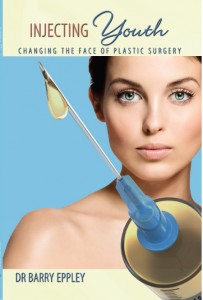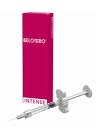
The release of Prevelle last year was the first filler that had the local anesthetic lidocaine incorporated in it. That concept is understandably appealing to patients and physicians alike. Many physicians were already mixing lidocaine into their filler at the time of injection but this product obviated the need for that step. In July 2009, Radiesse received FDA approval for mixing lidocaine in it. While this is not the same as having it already premixed, it is comforting to know that it does not cause any adverse effects by doing so. (hence the FDA approval) As a result, other fillers are following suit and Juvaderm (one of the most popular fillers currently) is awaiting FDA approval for its lidocaine mixture.
Sculptra, which was originally approved in 2004 for the treatment of facial lipoatrophy, received FDA approval for aesthetic use earlier this year in July 2009. Even though it was widely used off-label for aesthetic treatments, it is now formally approved for shallow to deep nasolabial folds as well as other facial wrinkles. While not permanent, it does provide up to two years of sustained results. It is the longest lasting of the ‘temporary’ fillers.
But in the pipeline awaits newer filler compositions which promise to be more than just competitive analogues to what is available now.


Newer injectable fillers are a certainty as the market for them continues to grow. It will be interesting to see when and whether these newer filler compositions offer significant advantages over what is currently available. Their marketing information will undoubtably say so, but it remains to be demonstrated clinically on a wide use basis. Physicians are not quick to change their injectable filler use unless there is a clear advantage to a new product. One can not simply afford to stock every injectable filler that is available… and patients are largely guided by what the physician chooses.
Dr. Barry Eppley
Indianapolis, Indiana


